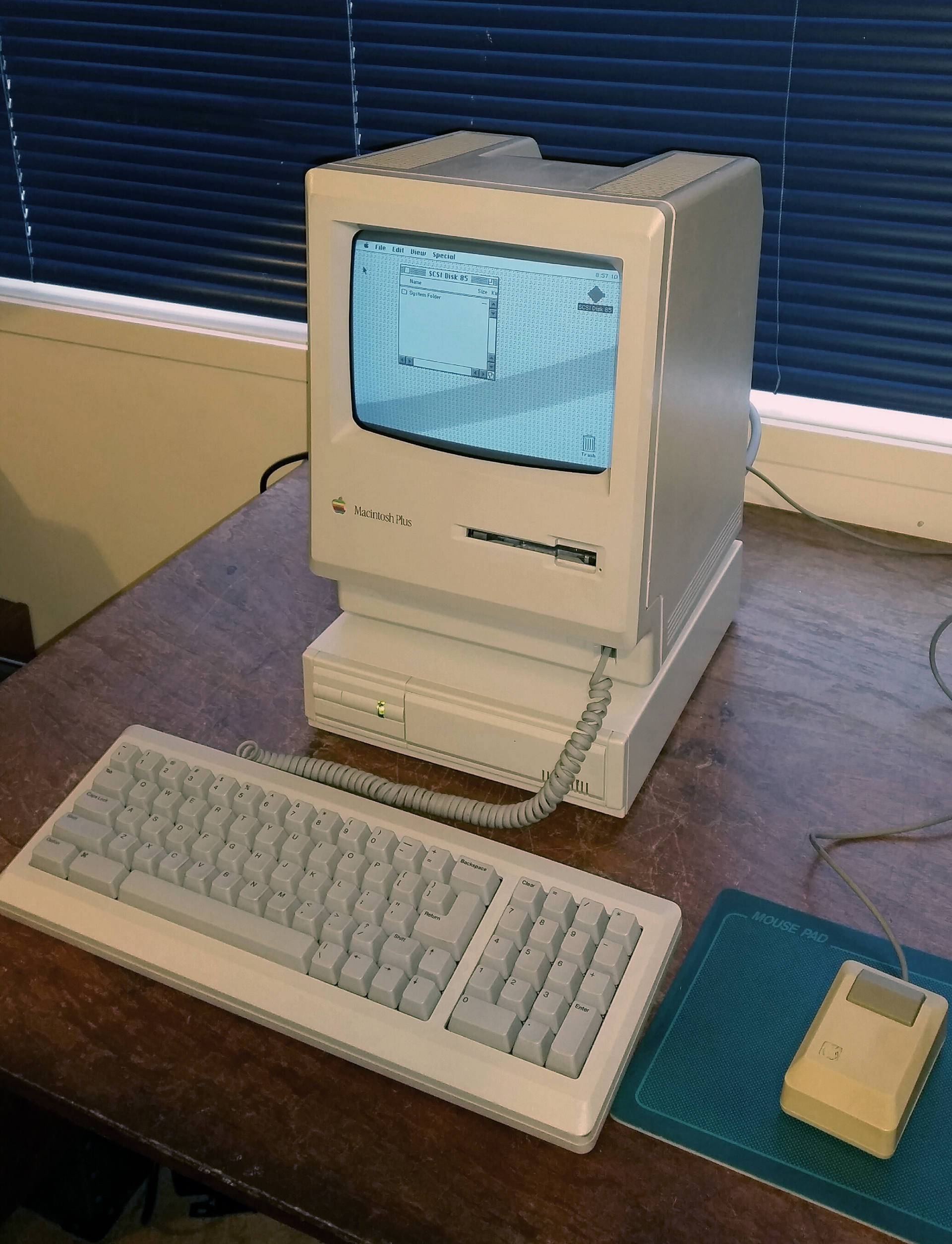

Repeat the last process until you have successfully deleted all the partitions. Once you hit the Enter button, the selected partition will be deleted from the drive.Thus, you should type "delete partition 1" or "delete partition 2". Type "delete partition #" (# can be 1 or 2 or 3) if there are three partitions, you will see partition 1, partition 2, and partition 3. You will see all the available partitions on your USB drive.(Note: (f) is the drive name of your USB drive it can be any letter, so make sure you know your flash drive's letter.) Now, type "select disk f" and press the Enter key.Type "list disk" to display all the available drives on your computer.Press Windows key + R and type "diskpart", then hit the enter button.When you encounter such scenarios, Diskpart is another effective, built-in Windows utility to try out.īut it is recommended that you create a backup file or an image file to safeguard everything that is saved on the USB drive. Sometimes, you will notice that the "Delete Volume" option on the Disk Management context menu is unavailable, making it impossible for you to delete the partitions on your USB drive. Using Diskpart to delete partitions on a USB drive Continue in this manner until you’ve successfully deleted all partitions on the flash drive.

Right-click on each of the partitions, and select "Delete Partition".Click on the USB/flash drive to view all partitions it has Log in to the computer as an administrator Connect the USB/flash drive Go to Disk Management by pressing Windows key + R and typing diskmgmt.msc Click on the USB/flash drive to view all partitions it has Right-click on each of the partitions, and select 'Delete Partition'.Go to “Disk Management” by pressing Windows key + R and typing “diskmgmt.msc”.Log in to the computer as an administrator.There are two separate versions listed on the Seagate site, one for macOS 10.10 to 10.15, and another for the Macs running an Apple silicon chip.How to remove partitions from USB with Disk Managementĭisk Management helps for a lot of actions that require modifying a drive’s properties or expanding available space. Or, if you bought an external hard drive from Seagate, it should come with Paragon Driver to let you read and write data interchangeably on Windows and Mac without formatting the drive. You can use a third-party app to write to an NTFS disk on a Mac. As a consequence, you won’t be able to add, change, or delete files. On macOS, you can only read disks in this format, not write to them. Is your external hard drive showing up as “read only” on your Mac? This usually happens because the drive is formatted with Microsoft’s NTFS file format. Here’s a guide to macOS disk permissions to help you understand the technical concepts. This lets you set the permissions to Read & Write to yourself while keeping the read-only for other users. If this is a drive you formatted yourself, you can change the individual permissions in the box above. You won’t see this option if the external storage is used as a boot drive or a Time Machine backup drive.


 0 kommentar(er)
0 kommentar(er)
